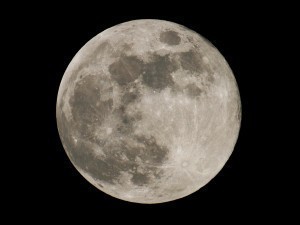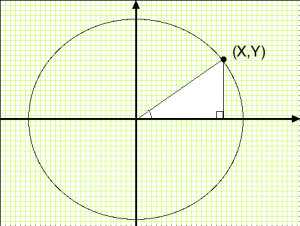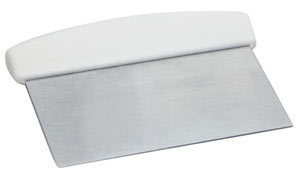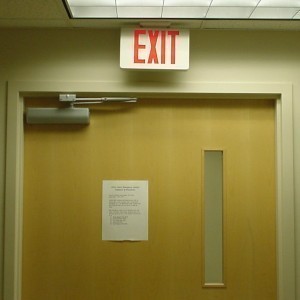Apparent Diameter Moon
How big is the moon? This is what some children amazed by the moon—or what some people may call moon-lovers—often ask. Astronomers say it’s 3,474 kilometres in diameter, or something like Russia or Canada when talking about its surface area. But it’s different when talking about the apparent diameter. Moon-lovers, especially kids, would say it’s no bigger than a coin.
The apparent diameter of an object in the sky is how big or small it seems for a casual observer who sees it from the ground. It may sound funny how some people would describe the moon, especially its apparent diameter: moon-lovers like children or even adults who like quipping jokes about it, may say their palms are bigger. They may put their hand in front of their eyes, side by side with the moon, and get an optical illusion that their hand is much bigger than this natural satellite hanging in the night sky. They may even “cover” it with their fist. Thus, the amusing idea among children of how big is the moon.
The principle here is that the farther a person is from the moon, the smaller in size it seems. However, a person in a space shuttle or revolving satellite halfway from the earth to this natural satellite will realize its full 10,921-kilometer circumference. What more if the spacecraft he is in is about to land on it? But while on earth, it is easier to appreciate its apparent diameter: moon-lovers would especially do.
The Sun’s Apparent Diameter
During a clear and beautiful sunset, some children on a beach may think that the sun sinks into the sea. They may also think that the sea is bigger than the sun is and is able to take it in. Probably, this was what pre-historic man also thought of. This is all because of the apparent diameter of the sun. On earth it seems like the sea is bigger than the sun is.
A full-grown man can also appear smaller than the thumb. Close one eye and put the thumb in front of the other eye, side by side with a man about 10 or 20 meters away. The same optical illusion will result.
Thus, going back to the question on how big is the moon; the same optical illusion may result without scientific reasoning. The moon will appear smaller than one’s thumb because of the principle of apparent diameter: moon wonderers like kids will better appreciate it’s true size once they learn about this illusion effect.





